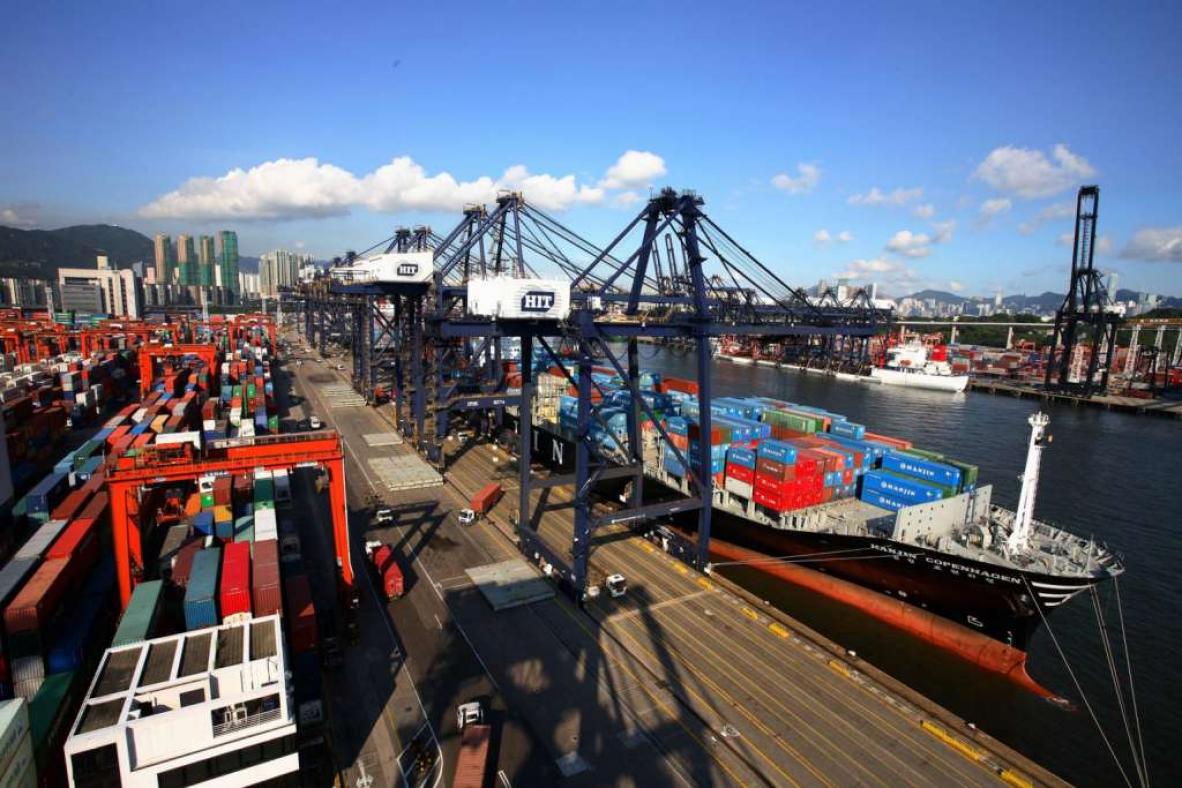Pakistan has followed its look east policy, which it calls the “Vision East Asia” aimed at building partnerships with the countries of East Asia and ASEAN, in earnest. The look east policy envisages deepening relations in multiple fields and institutional linkage with ASEAN members individually and collectively.
The Southeast Asian economies are growing at a fast pace and offer immense possibilities for increasing economic and trade cooperation. What assets and strengths can Pakistan and ASEAN countries capitalize on their relations?
There is a scope to invite private businesses from the ASEAN countries to invest in Pakistan in various sectors such as agro-food industry, chemicals and petrochemicals, infrastructure development, banking, insurance, energy, automobiles, software industry, auto parts manufacturing, construction, seafood/fish processing industry or fisheries, food processing, packaging, gems and jewellery, information technology, agriculture, telecommunication, and hotel industries, etc. They can also enter into joint ventures with Pakistani counterparts, which can fulfil Pakistan’s investment needs.
There is a possibility that the ASEAN countries may be keen to relocate some of their labour-intensive industries to Pakistan where both land and labour are plentiful. In this context, the industrial collaboration can take place in areas like textile, electronics, automobile and many other small-scale industries. There exists a potential for boosting intra-industry trade between Pakistan and ASEAN in several product segments most notably knitted or crocheted fabrics, articles of apparel and clothing accessories, made up textiles and leather products. Both types of trade can bring benefits to Pakistan. Moreover, Pakistan can export knitting machines, thread spinning machines and sugar refinery machines to Myanmar, Cambodia and Laos, which are low-tech countries and send Pakistani experts in the petroleum sector to work in Vietnam and Brunei.
The ASEAN has the comparative advantage in electrical and electronic appliances, machinery and automobiles. Pakistan, on the other hand, has a comparative advantage mainly in cotton yarn and woven textiles, ready-made garments, leather products and other miscellaneous manufactured items such as surgical instruments and sports goods; through these areas, Pakistan and the ASEAN countries can enhance their cooperation.
Pakistan’s attempt to diversify its industrial base could find openings in the ASEAN markets, and it could also benefit from the experience of some the ASEAN countries which have in a short period of time transformed their economies from primary production to export of capital and skill-intensive manufactures. The expertise of the ASEAN countries in the agro-processing industry could enormously benefit Pakistan. Learning from their experience, Pakistan could further improve its own agro-processing industry, e.g. fruit canning and juice making, etc.
The ASEAN countries mainly suffer from labour shortages at the lower end of the labour market spectrum and these shortages may risk the future accelerated the growth of the economy. Pakistan has surplus labour with low wages, a whole range of unskilled and semiskilled manpower that can adequately meet these shortages.
Pakistan has shown great interests in Asia Pacific security architecture, which is in the interests of both sides. ASEAN-Pakistan relations in some areas of security concerning the two regions could strengthen efforts to counter new security challenges, especially in developing control and monitoring system to address the proliferation of weapon of mass destruction, the flow of radicalism, and terrorist financial network.
Pakistan is the gateway to the Middle East and Central Asia and ASEAN countries should take more initiatives to strengthen relations with Pakistan to take full benefit of its geographical location to reach other markets. In this context, the launch of the Chinese initiative of ‘Belt and Road’ is a historic and revolutionary turning point. Therefore, the China-Pakistan Economic Corridor (CPEC) offers tremendous trade opportunities to the ASEAN nations through which they could get direct access to Central Asia through Gwadar Port. Another area where both Pakistan and the ASEAN countries can make contributions to each other is the environment. The ASEAN’s strategic plan to protect the environment includes pollution and natural resource management could be beneficial for Pakistan to learn from ASEAN experience.
Pakistan has done well in combating terrorism, both inside the country and on its borders. Indeed the record of Pakistan fighting terrorism is so impressive that the ASEAN countries could benefit from Pakistan s experiences. The cooperation in the field of education, wherein, ASEAN students could be offered to study in Pakistani medical, engineering and business colleges is also an area in which Pakistan and the ASEAN states can cooperate.
DISCLAIMER: The views and opinions expressed in this article are those of the author and do not necessarily reflect the official policy and position of Regional Rapport.



